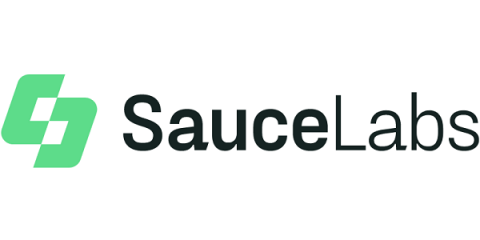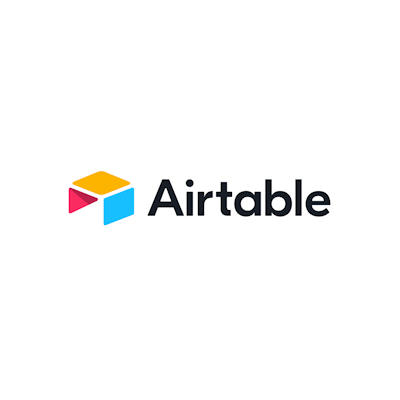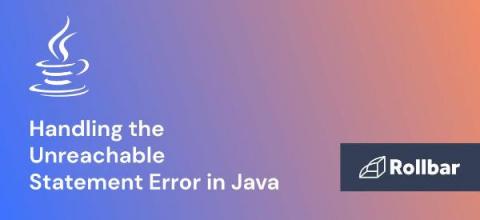NiFi as a Function in DataFlow Service
With the general availability of Cloudera DataFlow for the Public Cloud (CDF-PC), our customers can now self-serve deployments of Apache NiFi data flows on Kubernetes clusters in a cost effective way providing auto scaling, resource isolation and monitoring with KPI-based alerting. You can find more information in this release announcement blog post and in this technical deep dive blog post. Any customer willing to run NiFi flows efficiently at scale should now consider adopting CDF-PC.











